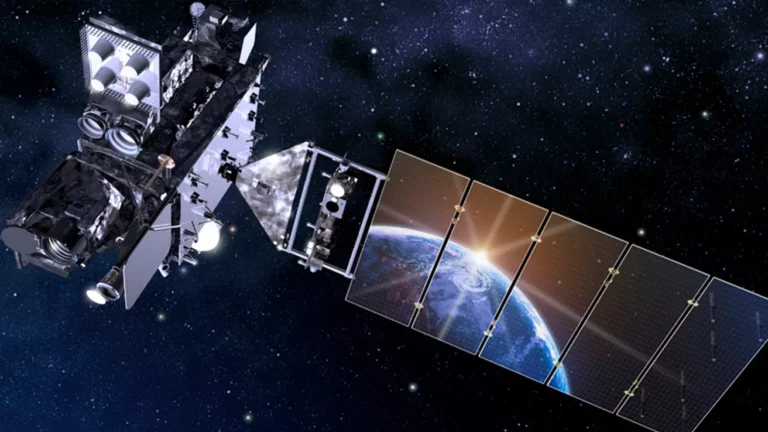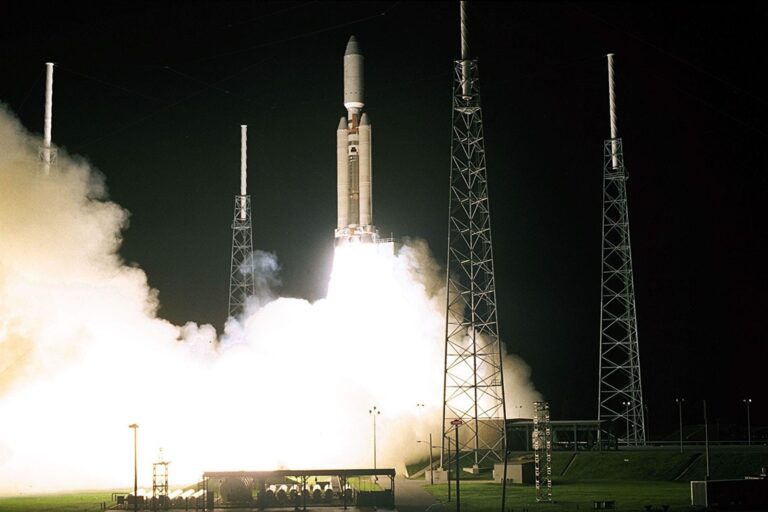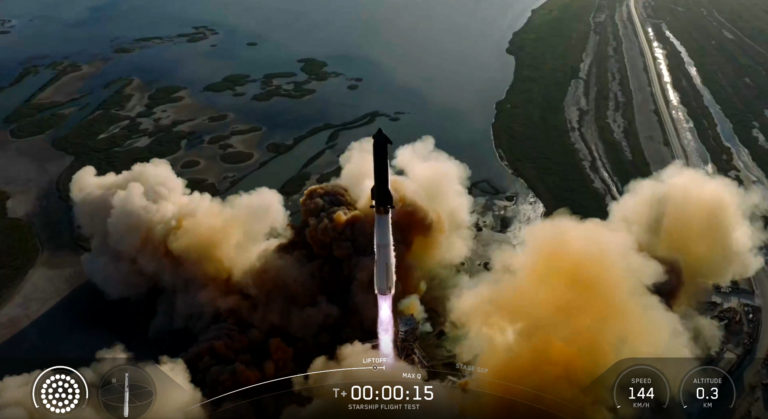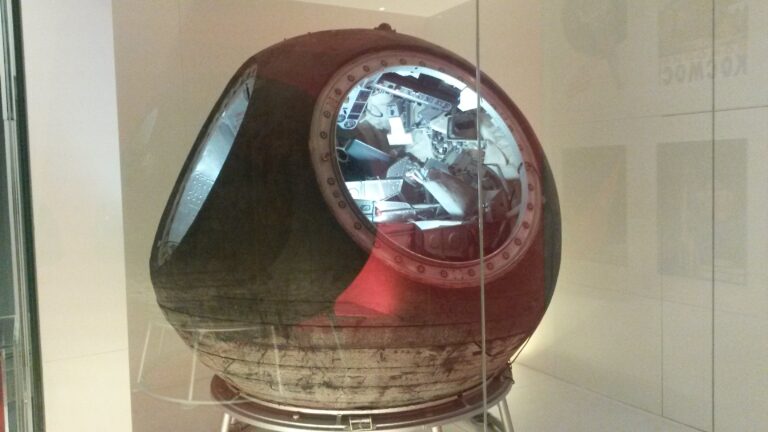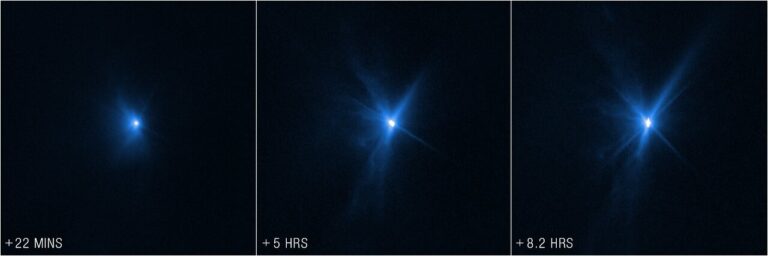Key Takeaways:
If you think your commute is bad, try traveling over a billion miles to get to work.
After almost two years of space travel, NASA’s Origins, Spectral Interpretation, Resource Identification, Security, Regolith Explorer (OSIRIS-REx) spacecraft finally has a clear view of its jobsite — a near-Earth, carbon-rich asteroid named Bennu.
The craft’s PolyCam camera captured its first image of Bennu on August 17 from a distance just 1.4 million miles (2.25 million kilometers), and will now begin its final approach. Once it arrives, NASA’s first asteroid-bound mission will start mapping and studying its 1,640-foot-long (500 meters) surface, and ultimately bring samples back to Earth.
These samples will not only give us a first-hand look at an asteroid in its original state, but will allow us to glimpse into our celestial past. Previous studies have shown that Bennu is rich in carbon, which is thought to be a prominent element in the solar system’s oldest asteroids. It’s believed that these ancient objects haven’t changed much since the formation of the solar system, and that they still contain organic molecules, amino acids and volatiles — a.k.a. the building blocks of life. By bringing these primitive samples back to Earth, we can get a better idea of how our solar system formed and how life spread throughout it.
Too Close For Comfort
Unfortunately, we also selected Bennu for more ominous reasons. It’s on NASA’s list of potentially hazardous asteroids, coming within just 186,000 miles (300,000 km) of Earth every six years. Researchers think that Bennu could possibly impact Earth in the late 22nd century, and even though it’s not nearly large enough wipe out humans or destroy the planet, we should still know what we’d be up against.
OSIRIS-REx began its 1.1 billion-mile (1.77 billion km) journey in September 2016 when an Atlas V rocket launched it into orbit around the Sun. Roughly one year and one trip around the Sun later, the craft pulled a “gravity assist” maneuver, where it approached Earth from behind and got pulled into its strong gravitational field. Borrowing some of Earth’s orbital energy as it flew by, OSIRIS-REx was able to speed up and launch itself toward Bennu’s orbital plane, sort of like a slingshot. This move, which has been used on many other missions, reduces the mission’s overall travel time and cuts down on the amount of heavy fuel it needs to lug around.
Since entering Bennu’s orbital plane, the mission has been cruising at about 32,000 miles (51,000 km) per hour, relative to Earth. And it’s now gaining on Bennu at a rate of 1,200 miles (1,930 km) per hour, relative to the asteroid.
Probing a primitive asteroid
As it inches closer, the craft will slow down to Bennu’s speed and start using its onboard instruments to search for orbiting satellites – mini-moons – identify unique surface features and study its light spectrum to determine its composition. When it arrives in December, it will spend four months hovering only a few miles above the asteroid to measure its size, mass and get an up close and personal view of its exterior.
It will spend a year and a half or so collecting data before finally homing in on a sample site in July 2020. Once selected, OSIRIS-REx’s Touch-And-Go Sample Acquisition Mechanism (TAGSAM) will contact the surface for just five seconds and blast it with nitrogen gas, causing the surface to explode into pieces small enough to bring home in its Sample Return Capsule. The mission hopes to collect a minimum of 2.1 ounces (60 grams) of rock, with room for up to 4.4 pounds (2 kilograms) in the capsule. If all goes as planned, the samples will safely parachute on to the Utah desert in September 2023.
Asteroid missions like OSIRIS-REx and Japan’s Hayabusa2 will not only reveal the elements that made up our early solar system, but will also demonstrate what our advanced space technology is capable of. I mean, if we can make a round-trip journey to an asteroid in a matter of years, who knows what we’ll be able to do next?


